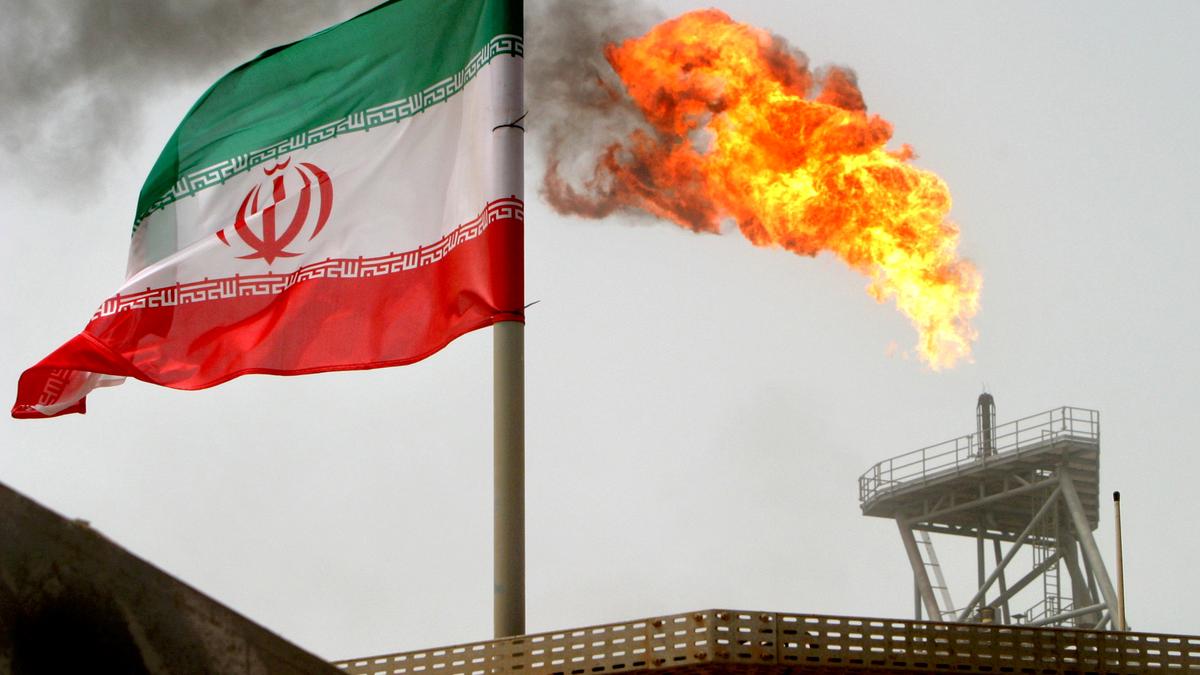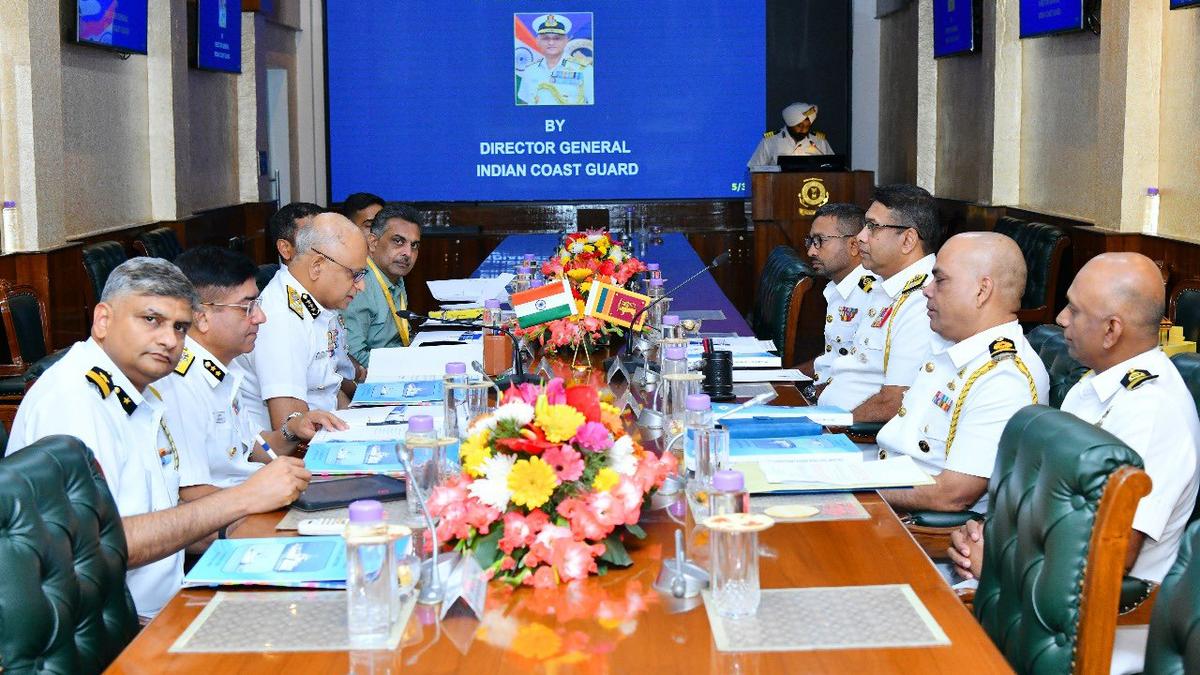



India invested over $3 billion in Afghanistan's development, however, now not officially recognizing the Taliban government. The strategic partnership agreement aims to prevent Afghanistan from becoming a safe haven for anti-Indian terrorist groups and counter China's growing influence. The Taliban has expressed a desire for India to continue its investments.

Copyright infringement not intended
Picture Courtesy: INDIAN EXPRESS
India is following talks with the Taliban government to secure its national and security interests, although no official recognition has been granted yet.
India was the first South Asian nation to recognize Afghanistan during the Soviet intervention (1979-89).
In 2005, India proposed Afghanistan for membership in the South Asian Association for Regional Cooperation (SAARC).
The Strategic Partnership Agreement signed in 2011 strengthened Indo-Afghan relations.
Following the Taliban's takeover in August 2021, the Indian Armed Forces initiated Operation Devi Shakti to evacuate Indian citizens and foreign nationals from Afghanistan.
Afghanistan is important for India due to its potential to maintain a regional balance of power, strategic location, security concerns, abundant natural resources, cultural ties, regional cooperation, and connectivity.
The Strategic Partnership Agreement (SPA) between the two countries provides assistance in rebuilding Afghanistan's infrastructure, education, and technical assistance, as well as encouraging investment in Afghanistan's natural resources.
India sees its relationship with Afghanistan as an important part of its regional cooperation in South Asia and is committed to supporting Afghanistan's efforts towards peace, stability, and development.
The Heart of Asia process, also known as the Istanbul Process, was established in 2011 to provide more assistance to Afghanistan.
India has invested over $3 billion for development efforts in Afghanistan, financing and building significant projects such as the Delaram Zaranj Highway, India Afghanistan Friendship Dam/Selma Dam, the Parliament Building, and transmission lines to Kabul.
India has avoided its own military presence, however, it views foreign military presence in Afghanistan as necessary for promoting political stability and development.
In 2022, India sent 27 tonnes of emergency relief assistance to Afghanistan following the 5.9-magnitude earthquake that killed more than 1,000 people.
India believes in investing and enduring strategy for Afghanistan and has delivered three Russia-made Mi-25 attack helicopters to Afghanistan in 2015 and 2016. Military training has been provided to around 700 Afghans annually since 2011.
India's engagement with the Taliban is influenced by national security and strategic considerations.
India has not officially recognised the Taliban government, however, it intends to protect its investments in Afghanistan, ensure security against terrorist groups operating in the region, and prevent the security situation from deteriorating further.
The changing geopolitical situation, including Donald Trump's return to power in the United States and China's growing influence in Afghanistan, also influenced this decision.
India’s engagement began in 2021 when it first met Taliban representatives through its ambassador in Qatar.
Over time, India maintained dialogue through various officials, including Joint Secretary J.P. Singh, who held meetings with key Taliban leaders.
India also sent a technical team to Kabul, and the engagement gradually shifted from a limited, low-profile interaction to more direct discussions, including at higher levels such as the recent meeting in Dubai.
India’s primary concern is that Afghanistan should not become a safe haven for anti-Indian terrorist groups.
The Taliban have assured India of their commitment to combating groups like the Islamic State Khorasan Province (ISKP), which poses a threat to India as well.
India’s diplomatic engagement seeks to ensure the security of its interests and prevent the resurgence of terrorism in Afghanistan.
India is concerned about China’s growing influence in Afghanistan, especially under its Belt and Road Initiative. China has made moves to build infrastructure, develop urban projects, and expand its trade ties.
With Beijing also meeting the Taliban ambassador, India senses China’s presence as a challenge to its own interests in Afghanistan, particularly in terms of strategic influence and access to natural resources.
India has been deeply involved in Afghanistan’s development, contributing around USD 3 billion over the past 20 years, which includes humanitarian aid, development projects, and support in areas like health and education.
The Taliban have expressed a desire for India to continue its investments, emphasizing that Indian projects have been productive.
Must Read Articles:
Source:
|
PRACTICE QUESTION Q.Consider the following countries: 1. Iraq 2. Turkmenistan 3. Uzbekistan 4. Tajikistan How many of the above countries share borders with Afghanistan? A) Only one B) Only two C) Only three D) All four Answer: C Explanation: Afghanistan is a landlocked country in Asia that borders six countries:
|




© 2025 iasgyan. All right reserved